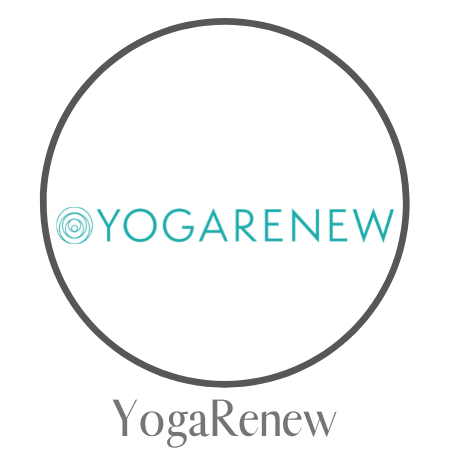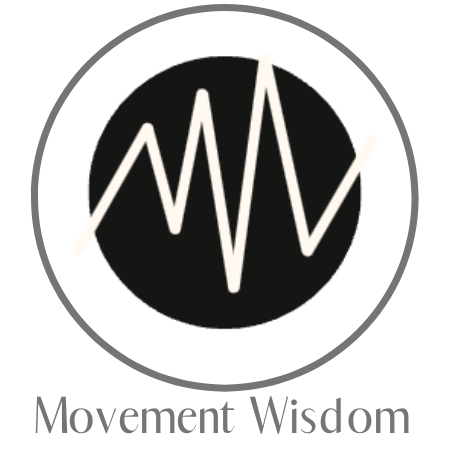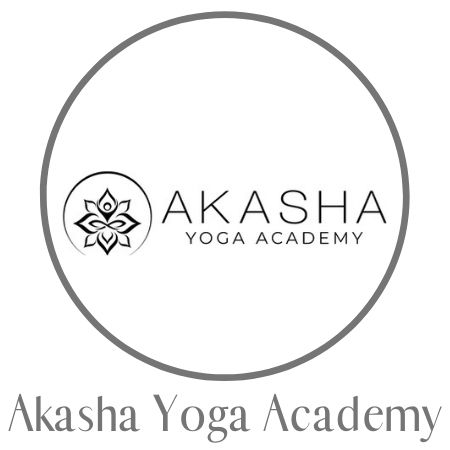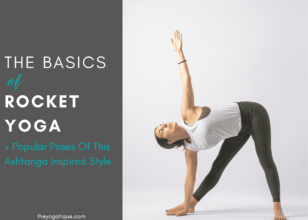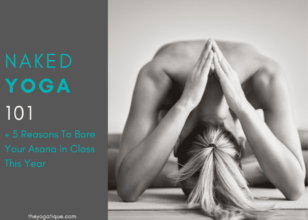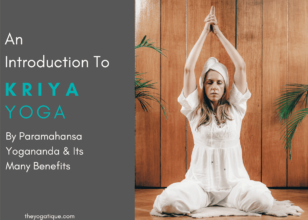If you're intrigued about what Mysore yoga is and wondering if it could benefit you, I wrote this for you. In this article, I explain the benefits and basics of this style of yoga practice.
I remember when I first heard about Mysore yoga at an Ashtanga studio. At the time, I was still a beginner, and the way these ‘Ashtangis’ were talking about Mysore, I thought it was an exclusive class for only the most advanced yogis. It wasn’t until years later, when I asked my teacher about Mysore yoga, that I realized this wasn’t the case at all.
Keep reading to learn more about this origins, key principles and benefits of this style of yoga, keep reading.
Article content:
(Click any link below to jump directly to section)
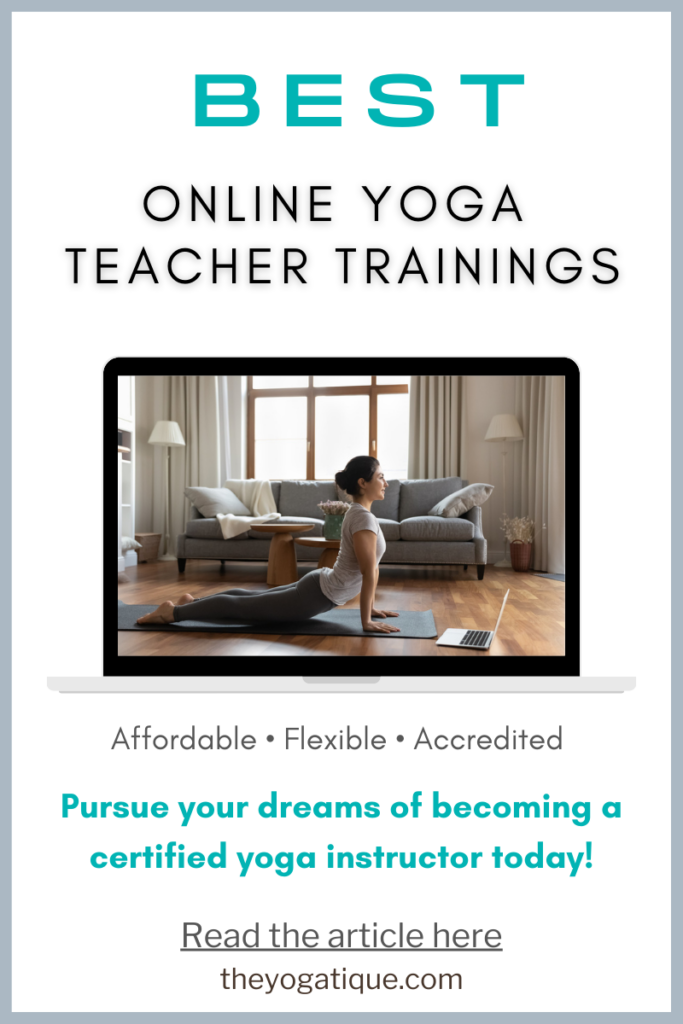
THE YOGA TEACHER TRAINING
YOU'VE BEEN LOOKING FOR.
Online Yoga Teacher Training Offers
- Affordability
- Flexibility
- Certification
- Lifetime access
⬇Click below to discover the best Yoga Alliance registered yoga teacher training online⬇
The origins of Mysore
Mysore is a traditional yoga style named after the city of Mysore in Karnataka, India, where it originated. It stems from Ashtanga, a type of Hatha, that Sri K. Pattabhi Jois developed in the same town.
The Ashtanga yoga connection
Essentially, you practice the same postures and sequences in both Mysore and Ashtanga. However, the key difference is that Ashtanga is a guided practice led by the teacher, while Mysore is a self-led practice. So, Mysore and Ashtanga are closely related but not the same.
Key principles & philosophy of Mysore
Mysore yoga is a structured sequence of postures (asanas) you learn and master over time. You work on the sequence at your own pace, receiving instruction and adjustments from the teacher. This self-practice style aims to develop a deeper, more personal spiritual practice.
Mysore classes take place in a quiet and focused atmosphere. This helps you cultivate mindfulness and focus on breath and movement synchronization.
Common misconceptions
One common misconception about Mysore yoga practice is that you must practice daily. But this is not the case at all. I don't recommend cultivating a daily practice right away. Instead, ease into it slowly, extending your practice and adding more postures when you feel ready.
Another misconception is that the Mysore style is only for advanced practitioners.
While I don't recommend it to complete beginners, you don't have to have mastered all the poses of Ashtanga yoga before you practice Mysore. Instead, a Mysore practice will help you master those poses!
Benefits of practicing this style of yoga
Practicing Mysore can help Increase your understanding of alignment and postures, enhance your consistency and discipline, and cultivate a more meditative style of practice. Some other benefits of Mysore include:
- Physical benefits – Increased strength, enhanced flexibility, improved balance, and better posture.
- Mental benefits – Enhanced focus, stress reduction, and increased mindfulness.
- Spiritual benefits – A deeper connection to self and others and more alignment with your life purpose.
Unique characteristics of Mysore yoga
The key difference between Mysore and other yoga styles is that you practice independently, going through the sequence at your own pace.
Mysore yoga is a dynamic style that synchronizes breath with movement. Instead of following the instructor, they are there to give individualized verbal instruction and physical adjustments.
The self-led style of Mysore yoga can help you go deeper into your practice as it gives you more time to work on asanas you find challenging. Many Ashtanga practitioners naturally begin to develop a Mysore yoga practice.
While you practice at your own pace, a teacher is still there to help you. A good teacher will offer plenty of individualized guidance and adjustments. And because they are not leading the class, they have much more time to offer help.
⬇Yoga Alliance registered yoga teacher trainings you should look into⬇
Essential components of a Mysore yoga class
In a Mysore class, you follow the Ashtanga set sequence. You start with the primary series and progress to the more advanced ones when your teacher feels you are ready.
In a Mysore session, the instructor will encourage you to focus on flowing breath to movement while bringing awareness to your postures, bandhas, and drishti. Here are the essentials components of a Mysore class:
- Breath (Pranayama) – In Mysore-style classes, you synchronize your breath and movement (known as the vinyasa method).
- Posture (Asana) – You learn the Ashtanga system gradually. First you master the postures in the primary series before progressing to the next series.
- Bandhas (Energy locks) – While holding the asanas, you engage the bandhas to channel and control the flow of energy (prana) within the body. This enhances stability, strength, and focus.
- Drishti (Gaze) – You fix your gaze on one point while holding specific asanas, such as standing postures. This helps to cultivate concentration, balance, and internal awareness.
Tips for beginners of Mysore yoga
I recommend that beginners start by attending an Ashtanga-led yoga class first. Once you've done a few Ashtanga-led sessions and are familiar with the primary series, you'll feel more comfortable attending a Mysore-style class. Here are a few more tips to get the most from the Mysore program:
- Don't forget your breath! Stay focused on your own breath, trying to link it to each movement. Inhale to prepare for a pose and exhale as you move into the asana.
- Ask your teacher for as much guidance as you need. Let them know if you're unsure about your alignment or are struggling with a particular asana.
- Remember that progress in yoga takes time and consistency. So be patient with yourself and trust the process.
Takeaway
For many Ashtanga practitioners, Mysore yoga is a natural progression from led classes. Mysore-style classes provide the space and time to explore those challenging asanas, perfect your alignment, and discover the awesome meditative flow that comes with a self-paced practice! If you've experienced other challenging styles like Vinyasa Hatha and Ashtanga, maybe it's time to try Mysore or perhaps Bikram?!
Some online yoga studios, online yoga teacher training programs, and brands that we write about may offer us a small percentage should you decide to purchase after reading our content. Thank you for enabling us to exist!


